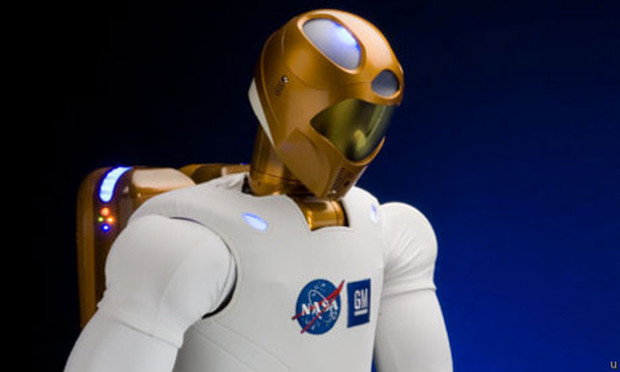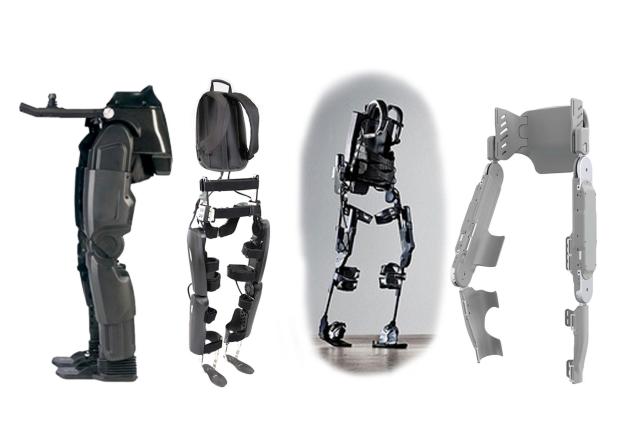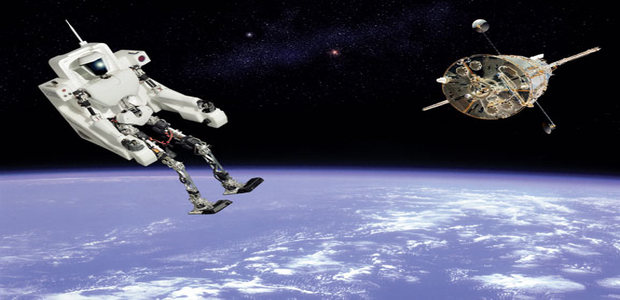The human involvement in any space exploration project adds significantly onto the project requirements concerning the life sustainability equipment, the essential necessities of living, energy consumption, waste management and several other facilities required to handle the biological processes. This decision also multiplies the decisions, threats and risk related to the life of the being involved while consequentially increasing the other resources and space related aspects.
Hence for missions involving comparatively less complex studies that could be easily handled with the tech equipped rovers/robots, opting for a human only adds to the several unnecessary factors which can be easily avoided and sped up through the use of robots. Continuing from our previous post, here are three more space robots which promise to take space exploration to a whole new level.
Robonaut 2
One of the most-famous space robots of all is undoubtedly NASA’s Robonaut 2. This humanoid robot is currently resident on the ISS and the ultimate goal is for it to work with astronauts not only inside the space station, but also outside on spacewalks as well. For now, however, the robot is limited to operations inside as it lacks adequate protection to work in the cold vacuum of space. It has been designed with a huge level of dexterity. Over 350 sensors provide details of its surroundings, while its arms can move up to two metres (seven feet) per second. At the moment the robot is operated through telepresence (either a ground controller or ISS crew member controls it), but eventually it will be a totally autonomous machine.

Earlier this year, NASA sent up a pair of legs that astronauts on the ISS will attach to Robonaut 2. Starting with just a torso, arms and a head, Robonaut 2 now features a set of legs. NASA is installing legs onto Robonaut 2 so that it can operate more easily on the ISS These extra limbs will enable it to attach to hand rails and harnesses in the ISS, just like astronauts do in order to stay secure when working with station machinery.
Surely the Robonaut 2 has all the qualities to be named as the star-studded celebrity of space robots.
Also Read: The Power of Automated Archaeology
X1 Exoskeleton
Today on the ISS astronauts exercise using a number of machines that resist their movement or by running on a treadmill of sorts. NASA’s XI robotic exoskeleton, however, will be a new exercise machine that can work in direct contrast to the superhero Iron Man.
Where Tony Stark’s suit gives him superhuman strength and movement, the XI will be used to help astronauts stay healthy in space by providing a resistive suit they can move against.
It has four motorised joints at the hips and knees and six passive joints for sidestepping, turning and pointing feet. One of the major advantages of this system – inspired by Robonaut 2 – over existing space exercise machines is that it is much smaller. This means that, perhaps on future missions to Mars, it could provide astronauts in confined spaces with a portable exercise machine.

The X1 robotic suit would give future astronauts Iron Man-like capabilities on other worlds, using four motorised joints in the hips and knees. The suit straps onto a person and is also very portable. It can be used as a resistive exercise machine by making the motorised joints inhibit movement. The exoskeleton can also measure, record and stream back data in real time to flight controllers on Earth, giving doctors better feedback on the crew’s exercise routine.
Its motion-inhibiting features can also be reversed. This could give an astronaut on the surface of Mars, for example, the superhuman strength afforded to Iron Man. Someday the same technology may be applied to help paraplegics on Earth walk again.
The Wall-climber Space Gecko
When thinking of the optimum design for a space-bound robot, a gecko probably isn’t the first thing that comes to mind. But that’s exactly what ESA is working on with Abigaille, a robot that mimics the stickiness of the lizard’s feet to work in space. Researchers found the dry adhesiveness of a gecko’s foot worked even in the vacuum of space, leading them to design the small robot.

Abigaille has tiny hairs on its feet measuring about 100 to 200 nanometres across (for comparison a human hair is 100,000 nanometres in diameter) that stick to surfaces. Tiny hairs on the feet of Abigaille enable it to clamber up walls. At this scale the hairs even manage to induce atomic interactions with any surface they meet. This enables each of the six feet to stick and re-stick to surfaces with no debilitating effects that come with using other implements such as tape or magnets.
It’s hoped that the small vehicle might be used in the future to crawl on the exterior of satellites and spacecraft. This would enable Abigaille to perform repairs or other tasks for a long time, without even needing to be maintained by an astronaut operator.
Our upcoming post will showcase a few more of these very interesting space robots. Do mention below any particular space robots which you found interesting.
-end-


































